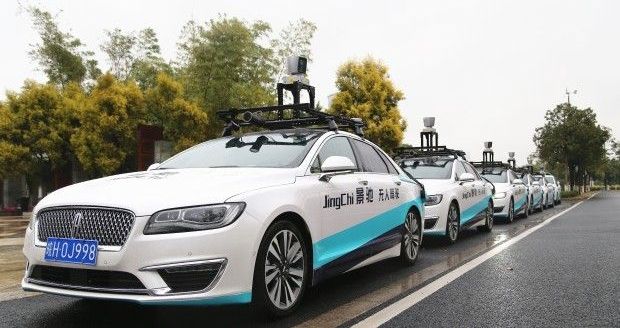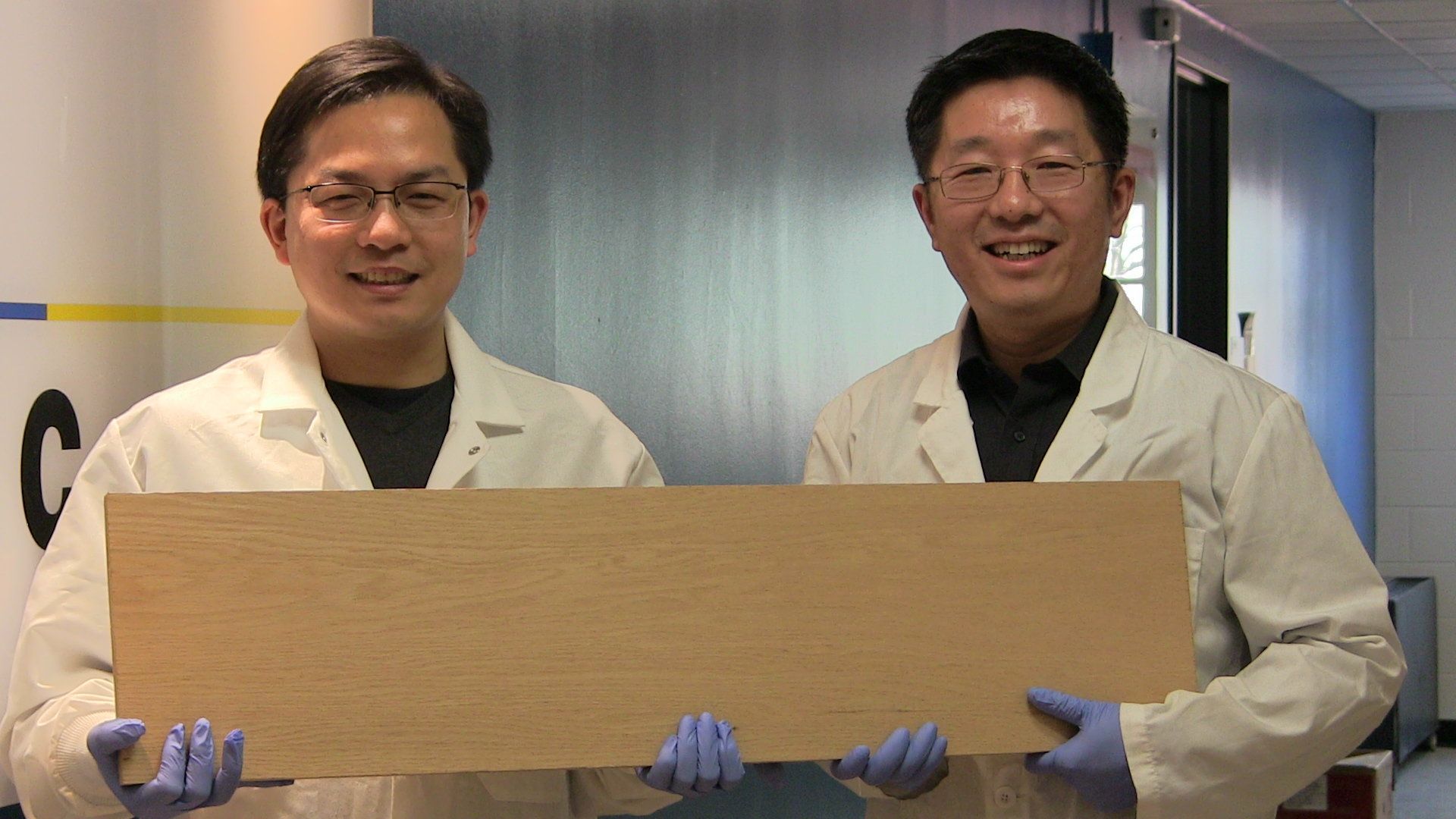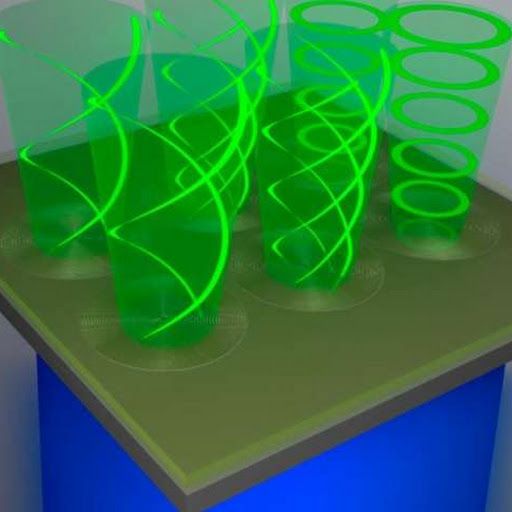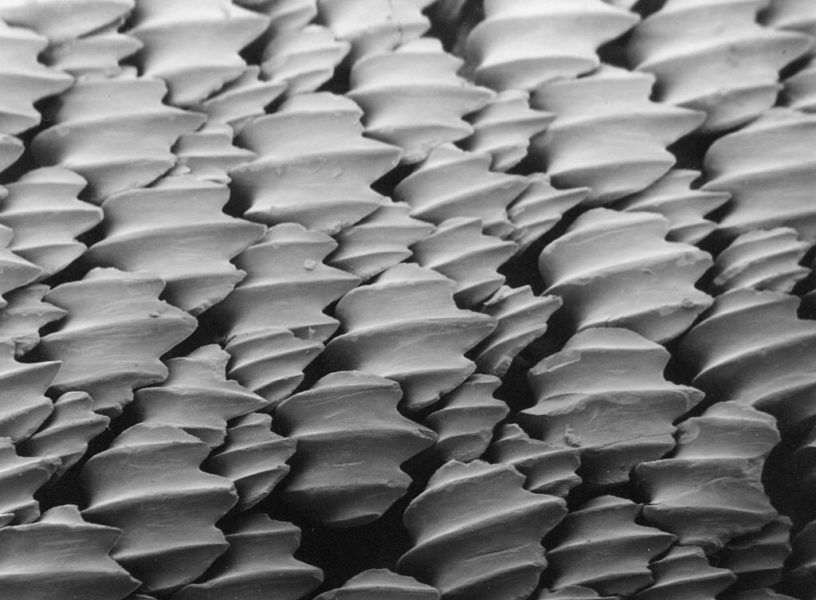Get the latest international news and world events from around the world.

Putin calls to create powerful international research centers in Russia
Russian President Vladimir Putin has called for expanding scientific cooperation with other countries and establishing powerful international research centers in Russia.
“Of course, we were actively involved in preparations to set up these [international scientific] centers. We are currently working there, and working successfully,” he said at a meeting of the Council for Science and Education. “However, we need to establish such centers of our own.”
The president recalled the proposal to establish one of such centers in Novosibirsk. “I believe that’s the right idea,” he stressed. “We will be sure to think about this and implement this project.”
Putin added that Russia is involved in a number of international science projects, in particular, in the work of the Large Hadron Collider in Switzerland, a thermonuclear reactor in France and a free-electron laser in Germany. According to the president, Russia as a participant in these projects has the right to use their results. “We must think how to use them [these results] effectively for the benefit of the development of the country, its economy and social sphere,” he stressed.
The head of state pointed to the task of supporting young gifted scientists. “All those who show successful results should have an opportunity to build a research career, implement large-scale scientific projects, have a long-term horizon for planning their activities,” he pointed out. “The most important thing is that the path to science should begin for young people during their school years.”

China formulates new policies for autonomous cars in bid to catch up to US
The latest sign of regulatory support comes two months after Beijing became the country’s first city to green light open road test for autonomous cars. The National Development and Reform Commission, China’s top economic planning agency, also unveiled a three-year plan in December, making the development of smart cars a national priority.
The latest sign of national regulatory support comes two months after Beijing became the country’s first city to green light open road test for self driving cars.

New process could make wood as strong as titanium alloys but lighter and cheaper
Engineers at the University of Maryland, College Park (UMD) have found a way to make wood more than 10 times times stronger and tougher than before, creating a natural substance that is stronger than many titanium alloys.
“This new way to treat wood makes it 12 times stronger than natural wood and 10 times tougher,” said Liangbing Hu of UMD’s A. James Clark School of Engineering and the leader of the team that did the research, to be published on February 8, 2018 in the journal Nature. “This could be a competitor to steel or even titanium alloys, it is so strong and durable. It’s also comparable to carbon fiber, but much less expensive.” Hu is an associate professor of materials science and engineering and a member of the Maryland Energy Innovation Institute.
“It is both strong and tough, which is a combination not usually found in nature,” said Teng Li, the co-leader of the team and Samuel P. Langley Associate Professor of mechanical engineering at UMD’s Clark School. His team measured the dense wood’s mechanical properties. “It is as strong as steel, but six times lighter. It takes 10 times more energy to fracture than natural wood. It can even be bent and molded at the beginning of the process.”




Organic vortex lasers could be used in future 3D displays
Illustration of an array of organic vortex lasers, each with a different spiral and therefore a different topological charge. Credit: Stellinga et al. ©2018 American Chemical Society Researchers have developed a new type of organic vortex laser, which is a laser that emits a helical beam of light. In the future, miniature arrays of these vortex lasers, each with a slightly different spiral shape, may be used in applications such as 3D TV displays, microscopy, and as information carriers for visible light communications. The researchers, led by Ifor D. W. Samuel at the University of St. Andr…

